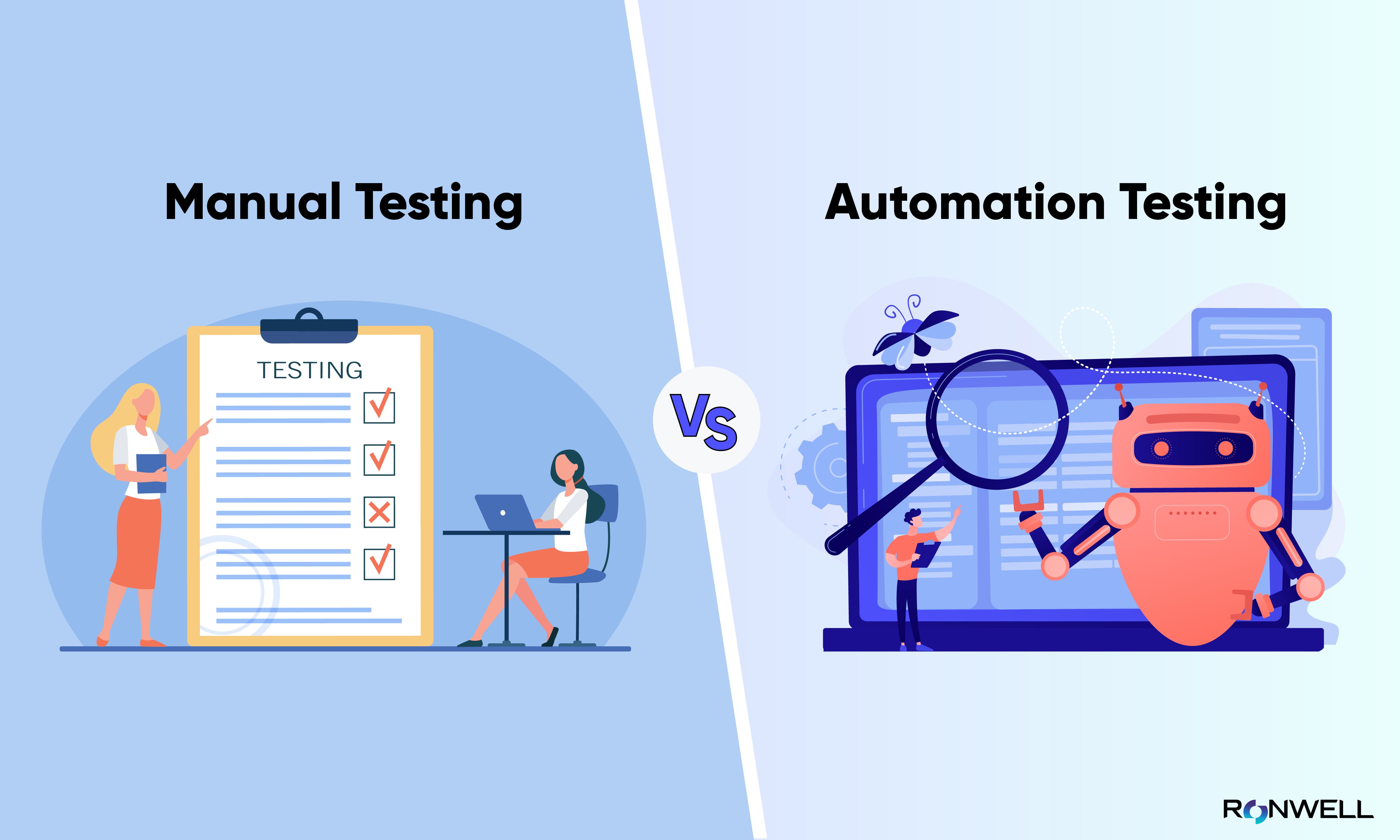From Manual to Automated Testing: A Comprehensive Overview to Transitioning Smoothly and Successfully
In the realm of software screening, the change from manual to automated procedures has actually come to be a progressively crucial transition for organizations looking for to enhance effectiveness and precision in their screening methods. The journey from guidebook to automated testing is not without its challenges, yet when come close to strategically and with a clear strategy in mind, the advantages can be considerable.
Advantages of Automated Testing
Automated testing offers many benefits, enhancing effectiveness and accuracy in software application advancement processes. Automated examinations can be run simultaneously on multiple gadgets and running systems, significantly speeding up the screening phase contrasted to manual testing.
In addition, automated screening makes certain a greater degree of precision in identifying problems. Uniformity in testing is additionally boosted, as automated examinations execute the same steps specifically each time they are run.
Choosing the Right Tools

Firstly, assess your purposes and demands. Recognize the scope of your task, the innovations entailed, and the ability of your group. This evaluation will certainly assist you establish the capabilities and functions you require in your testing tools.
Second of all, think about the compatibility of the devices with your existing processes and systems. Seamless assimilation with your present software advancement lifecycle is vital to make certain a smooth shift to automation.
Additionally, examine the scalability and flexibility of the tools. As your testing needs progress, the tools need to be able to adjust and accommodate modifications successfully.
Lastly, consider the assistance and area around the tools. When applying automated screening, robust assistance and an energetic customer neighborhood can supply valuable resources and assistance. By very carefully taking into consideration these elements, you can pick the right devices that align with your demands and established the phase for a successful change to automated testing.
Composing Reliable Test Manuscripts

When crafting examination manuscripts, it is important to take into consideration the particular needs of the software program being checked and guarantee that the scripts resolve all vital performances. Clear and descriptive naming conventions for examination scripts and test situations can enhance readability and maintainability. Furthermore, including error handling devices within the test manuscripts can assist in determining and resolving issues immediately.
In addition, organizing test manuscripts right into modular components can improve reusability and scalability, lowering redundancy and improving effectiveness in examination manuscript maintenance. Routine evaluations and updates to examine manuscripts are crucial to keep rate with advancing software application demands and functionalities. By adhering to these principles, testers can create durable and efficient examination manuscripts that add substantially to the success of automated screening processes.
Integrating Automation Into Workflows
Efficient integration of automation tools into existing process simplifies processes and enhances performance within software advancement cycles. When integrating automation right into process, it is important to identify recurring tasks that can be automated to save time and minimize human find out here now error. By perfectly incorporating automated testing tools like Selenium or Appium right into the software application development lifecycle, groups can accomplish faster comments on code changes, causing quicker insect discovery and resolution. This combination permits continual screening throughout the advancement procedure, making sure that any kind of concerns are identified early on, causing higher software high quality. Furthermore, automation can be made use of to cause tests instantly after each code dedicate, providing immediate recognition and maximizing testers to focus on even more complicated situations. Appropriate integration of automation tools requires collaboration in between growth, screening, and procedures teams to develop a unified operations that optimizes efficiency and efficiency in supplying top quality software.
Guaranteeing a Smooth Shift
Successfully transitioning to automated screening includes careful planning and cautious execution to decrease disturbances and take full advantage of effectiveness in the software development process - automation testing. To make sure a smooth shift, it is important to start by performing a comprehensive assessment of the current testing processes and recognizing areas where automation can bring one of the most substantial benefits. Involving with all stakeholders beforehand while doing so, consisting of developers, testers, and task supervisors, is vital for amassing assistance and buy-in for the automation effort
Communication is vital during this change stage. Clear communication of the objectives, benefits, and expectations of automated screening helps to manage any type of resistance or concerns that might develop. Furthermore, providing sufficient training and sources for employee to upskill in automation devices and techniques is crucial for making sure an effective transition.

Final Thought
Finally, transitioning from guidebook to automated testing supplies countless benefits, including boosted effectiveness and reliability. By picking the ideal tools, composing efficient examination manuscripts, and incorporating automation seamlessly right into process, companies can guarantee a smooth and effective change. It is vital to accept automation as a valuable asset in software application testing processes to boost total high quality and efficiency.
In the realm of software screening, the shift from handbook to try this site automated processes has become a significantly important shift for companies looking for to boost effectiveness and precision in their testing methods. Automated tests can be run concurrently on several tools and operating systems, considerably speeding up the screening phase compared to hand-operated screening. Consistency in testing is likewise boosted, as automated examinations implement the exact same actions specifically each time they are run.To guarantee the successful implementation of selected screening tools, the creation of effective examination scripts plays an important duty in confirming the performance and performance of automated processes - automation testing. By complying with these concepts, testers can create effective and durable examination manuscripts that add dramatically to the success of automated screening processes